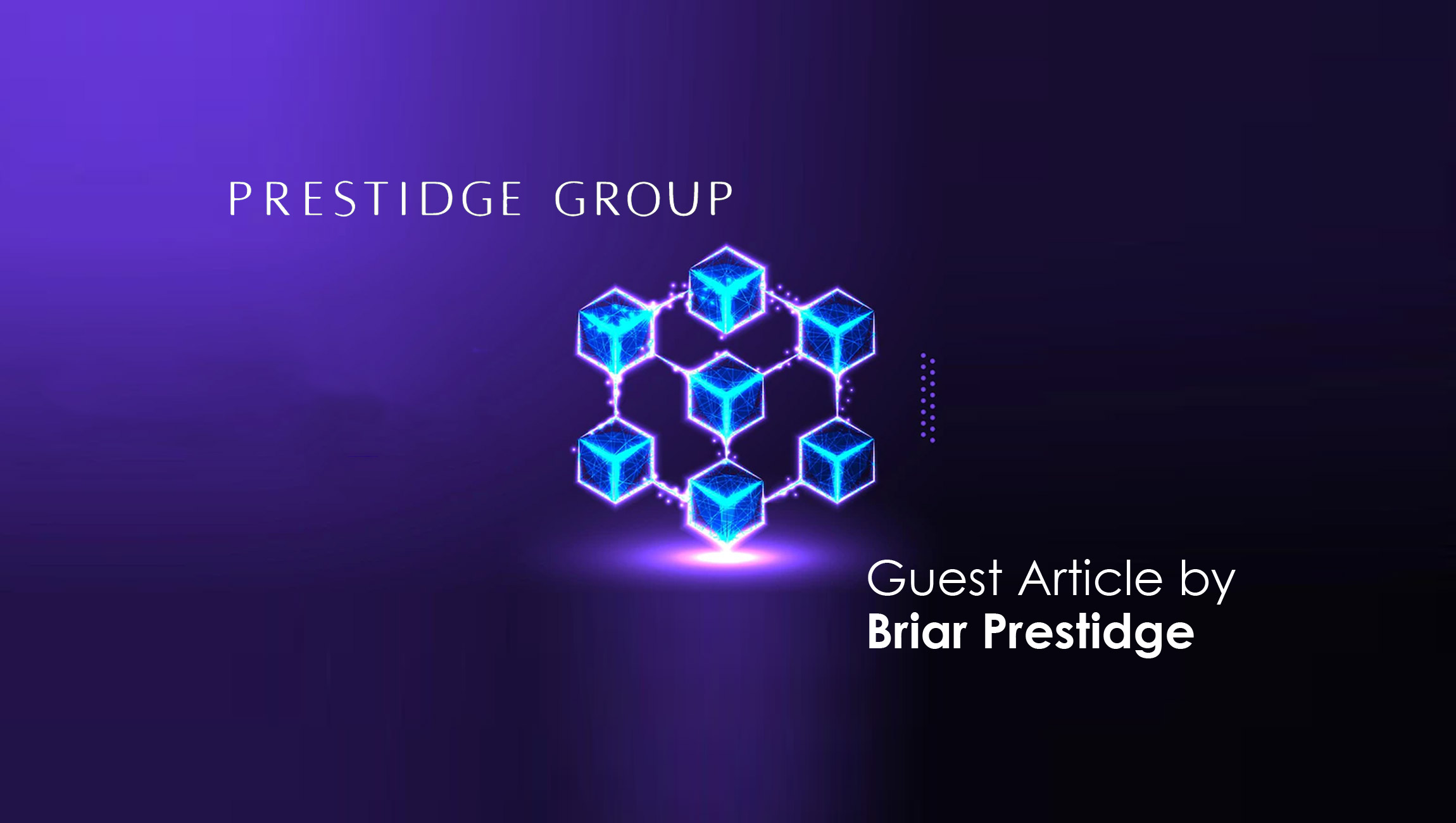In the 90s, a new concept was discussed around the water cooler—the internet. Now, we are trumpeting the sound of the next revolution: Web3.
Humans are fundamentally social creatures. From writing letters to pen pals who lived a continent away in the 1980’s, to the introduction of dial-up internet and basic one-dimensional websites in the 1990’s, we have always sought and embraced new ways to communicate with one another. By the mid-noughties, we were introduced to the sleek and friendly Web2 and social media networks. Suddenly, the internet offered a quick way of two-way communication, and humans were hugely onboard.
Now, it’s time to usher in a new era. And unless you have been living under a rock, you would have heard about the ‘metaverse’ or Web3, terms that have been thrown around as frequently as Kim Kardashian’s name. Despite the fact the technology has been around a while, it’s now going mainstream following Facebook’s rebranding to Meta. Citi Bank says the metaverse represents a potential $8 trillion to $13 trillion opportunity by 2030, and that it could boast as many as 5 billion users.
Over time, social media has become not so social.
Social media became so successful because it allowed us to express our individual identities and it created a sense of community. There is no denying that platforms such as Instagram, Facebook, Twitter and YouTube have enriched our lives in many ways; they allow us to do things like communicate with friends and family overseas, discover recipes and fashion inspiration, and tap into our creativity by creating and sharing photos and videos.
With social media free to use, it almost seemed too good to be true. But it was Andrew Lewis who so boldly said: “If you’re not paying for it, you’re not the customer; you’re the product being sold.”
In 2018, the ICO found that Facebook breached data protection laws by failing to keep users’ personal information secure by allowing Cambridge Analytica (a political consulting firm) to harvest the data of up to 87 million people without their consent.
Hot on this scandal’s heels, was Netflix’s documentary about Twitter’s Whistle Blower, The Social Dilemma, which revealed just how addictive social media really is. The algorithms are designed to keep you on their platforms, feeding you more of what you want to see. The ‘ding’ of notifications sets off a chemical reaction of Dopamine, the “love drug,” in your brain when you get new ‘follows’ or ‘likes’.
We lay on our bed silently scrolling on Facebook rather than speaking to our spouses. We take pictures of our food and upload them to Instagram Stories, instead of connecting with friends around the dinner table.
With all this in mind, social media suddenly doesn’t seem very ‘social’ at all.
Marketing Technology News: PhaseZero Launches CxAnalytics 1.0, Customers Benefit with Real-Time Analytics and Insights to Drive High-Impact, Fact-Based Decisions
Web3 will address all the things that social media is not.
Web3 will redefine how we socialize. Designed to be community-driven, ad-free, and self-monetized, Web3 is built on blockchain technology where, instead of having large corporations owning all of the content and acting as gatekeepers, it serves as a collective of decentralized networks. Known as the
Metaverse or Multiverse, it’s an evolution and combination of virtual reality, augmented reality, gaming, cryptocurrencies, social media, and more. And unlike the current social media landscape where users don’t have any input, no single entity will have control over our data and will be allowed to exploit it. It’s more participative; in some instances, users can be rewarded for their internet use through tokens, and those who hold the tokens can have a say on how the network is managed.
Web3 will bring back the ‘social’ in social media.
Rather than the 2D interaction we presently have, social media and the internet will continue to evolve into a more immersive experience, through an integration of our physical and virtual worlds. We carry our phones and laptops like they are extensions of our arms, but in the future, we may enter virtual spaces via glasses or contact lenses, an evolution of the heavy VR headsets that we currently see today.
In VR, we get a more realistic 3D experience. We can kayak with friends without having to leave our couch, or we can meet new people around the AltSpace firepit; reading each other’s body language as we speak, laugh and listen to the crackle of the fire together. Our brains are interesting things, and from this, you may even be tricked into feeling real warmth against your body.
Expressing our individuality.
Features in Web3 allow users to customize their avatar’s skin, hair and clothes depending on their mood, and you can buy, sell and wear outfits so creative and fantastical they would not be possible to achieve in real life.
Re-building a sense of community.
We will bond over worlds, spaces, and activities in the metaverse. Whether we are attending Burning Man in VR, or we are part of an NFT collection and its associated Discord community, Web3 allows us to reconnect.
Giving the power back to the creators
Whether you buy a plot of land on Decentraland, or design and sell some funky jewelry as NFTs, the power will now sit firmly back in the user’s hands.
Let’s learn from today’s kids, who have grown up as digital natives. It’s not strange or new to them to spend real money buying clothes for their Roblox avatars or tokens for the games they play. Next season’s Trick or Treating in the metaverse isn’t a far mental leap for them to take.
Remember, Web3 is just the next wave of the internet. And the immersive experience that awaits us is exciting and filled with positive possibilities for savvy users.
Marketing Technology News: Lucid Software Achieves FedRAMP ‘In Process’ Milestone
—-END—-



